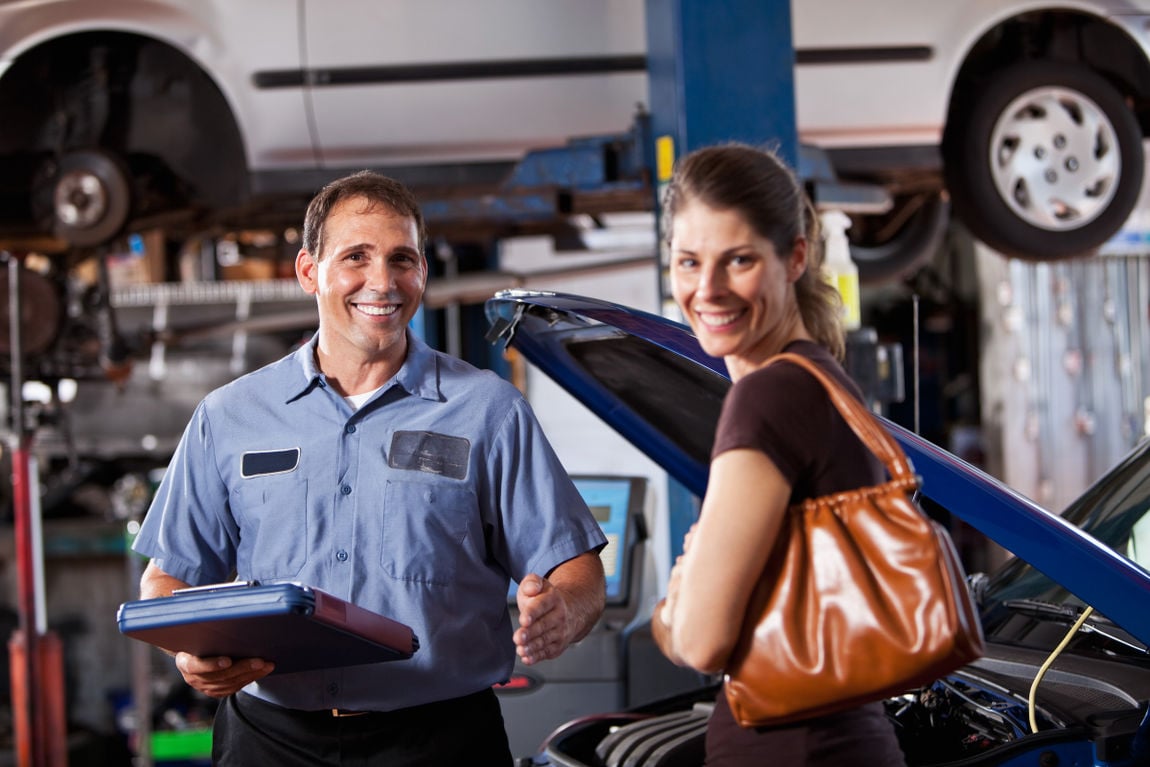Today, vehicles are furnished with a wide array of security attributes, from standard seatbelts to innovative vehicle driver aid systems. In this article, we'll check out the evolution of auto safety and security attributes and how these developments have actually made driving safer for everyone on the road.
The Birth of Vehicle Safety: Seatbelts and Early Advancements. The story of automotive safety and security starts with the development of the seatbelt. It had not been until the 1950s that safety became a focal factor for auto producers.
In the complying with years, the auto industry started to concentrate extra on occupant defense. The intro of crumple zones, locations of the automobile made to soak up and dissipate the power from an accident, became widespread in the 1970s. These areas, combined with more powerful safety cages and strengthened frameworks, made vehicles safer during crashes by reducing the force on passengers.

The 1980s and 1990s: Airbags and Anti-lock Brakes. By the 1980s, airbags began to arise as a vital security feature. At first, air bags were set up for the driver and front traveler, providing an additional layer of defense in case of an accident. Over time, side-impact airbags, curtain airbags, and knee air bags were presented, providing even more extensive defense for all passengers of the lorry.
The 1990s also brought the arrival of anti-lock braking systems (ABS), which aided prevent the wheels from locking throughout heavy braking. This feature dramatically enhanced steering control and helped motorists stay clear of accidents by decreasing the chances of skidding. By the end of the 1990s, lots of lorries were likewise furnished with electronic security control (ESC), which helped drivers maintain control in unsafe conditions by instantly adjusting the brakes and engine power.

The 2000s and 2010s: Advanced Driver Aid Equipment (ADAS) As modern technology progressed, the 2000s and 2010s saw the growth of an entire brand-new group of safety attributes-- sophisticated chauffeur aid systems (ADAS) These systems use sensing units, electronic cameras, and radar to aid motorists in preventing mishaps. Functions such as lane separation warning, adaptive cruise ship control, and blind-spot discovery started to appear in automobiles, supplying an additional layer of understanding for vehicle drivers.
Probably among the most impactful ADAS innovations is automated emergency stopping (AEB) This function can identify a possible accident and immediately use the brakes if the motorist does not act in time. AEB has been proven to lower rear-end crashes and is currently a common feature in many new automobiles.
Other notable developments include vehicle parking sensing units, rearview video cameras, and cross-traffic informs, all created to help motorists navigate more safely in complex atmospheres. These innovations intend to stop crashes before they take place, providing real-time help to stay clear of accidents and enhance general driving safety.
The Future: Autonomous Vehicles and AI Safety. Looking in advance, the future of auto safety and security is connected to the advancement of independent vehicles (AVs) and fabricated knowledge (AI) With advancements in artificial intelligence and real-time information processing, autonomous cars are coming to be significantly capable of browsing the roadways without human input. Business like Tesla, Waymo, and others are making strides towards completely self-governing automobiles, which can remove human error-- the leading reason of accidents-- altogether.
Existing semi-autonomous systems, such as Tesla's Autopilot and GM's Super Cruise ship, already offer hands-free driving aid on highways, with integrated precaution like flexible cruise control, lane-keeping aid, and emergency braking. In the future, AVs are anticipated to integrate even more innovative security attributes, such as vehicle-to-vehicle (V2V) communication, where cars and trucks can "chat" to each various other to share info concerning roadway conditions, traffic, and prospective hazards.
In addition, the role of AI in vehicle security will continue to grow. AI-powered systems can assess vast amounts of data in actual time, choosing quicker and more accurately than human motorists. This will likely cause also smarter security systems with the ability of stopping mishaps before they happen.
Verdict: A Safer Roadway Ahead. The development of vehicle security functions has actually made amazing strides considering that the intro of the seatbelt. Today's lorries are geared up with a variety of innovations made not only to shield passengers in case of a collision but to avoid crashes from taking place in the very first location. As we look towards the future, the integration of autonomous cars and AI technology promises even better safety enhancements. With these developments, we are approaching a world where roadway safety and security is significantly enhanced, and crashes are reduced. The development of vehicle safety attributes is a continuous journey, but one point is clear: the future of driving is much safer than ever previously.
Navigation
Latest Posts
Advanced Safety Features of Mazda Vehicles You Should Know
Get Your Car Fixed Today at Avondale Auto Repair
Why Select Modern INFINITI of Greensboro for Battery Solution?